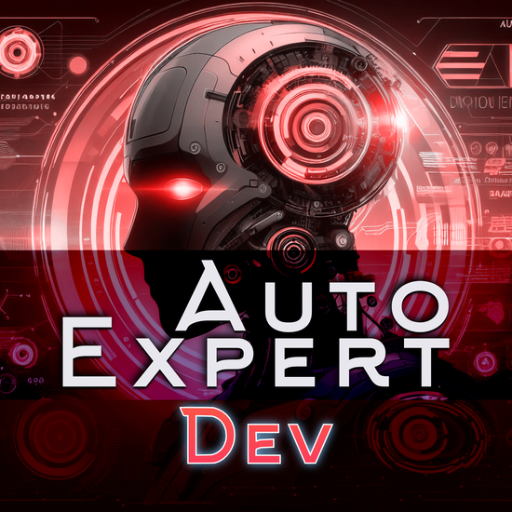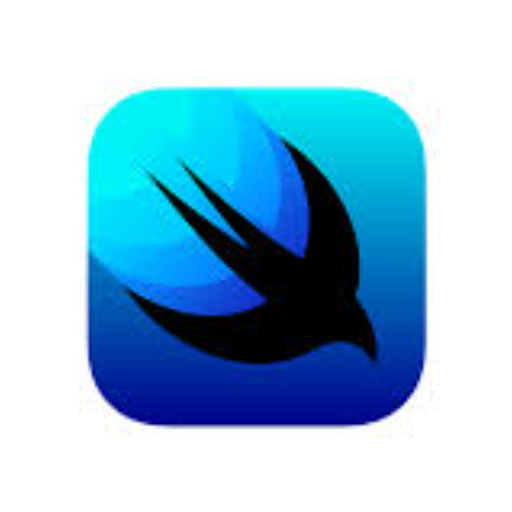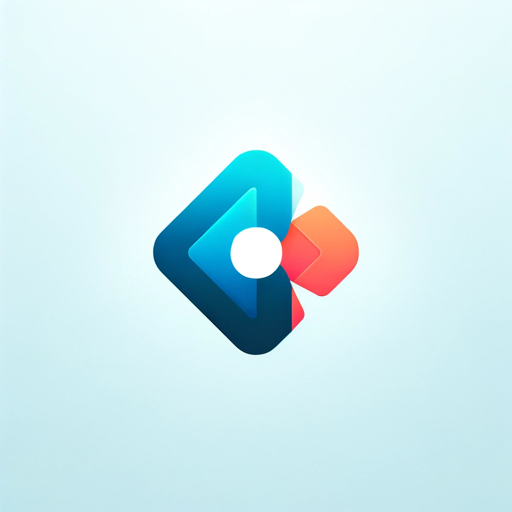visionOS Dev-AI-powered spatial computing development
AI-powered spatial computing development made easy.
create an app that calls the openai api using the gpt-4-1106-preview model (see https://platform.openai.com/docs/api-reference/chat/create) allowing the user to send in their prompt and renders the first message content from the assistant onto the screen.
tell me all about tabView in swiftUI and provide comprehensive demo code to show advanced capabilities
how can you help me?
difference b/w windows, volumes, and spaces?
Related Tools
Load More
AutoExpert (Dev)
AutoExpert v6 (GPT Developer Edition) is your steadfast pair programmer, armed with enhanced code generation ability, online access for the latest APIs, and custom commands to save your session state so you can recall it in a new session later. /help will

Vue 3 & Vuetify Dev
Specialist in Vue 3 & Vuetify for Frontend Development

iOS & visionOS App Builder
Expert Swift coder for iOS, iPadOS, and visionOS apps. GPT has been loaded with visionOS & RealityKit documentation.

visionOS Mentor for Apple Vision Pro
Expert SwiftUI programmer to help you code visionOS apps for Apple Vision Pro! The most powerful spatial computer for AR/VR experiences.
Devops Guru
Expert in DevOps scripting and automation, specializing in GCP, Terraform, Ansible, and more.

iOS Development Assistant
Skilled in Swift, SwiftUI, Unity, RealityKit
20.0 / 5 (200 votes)
Introduction to visionOS Dev
visionOS Dev is a specialized development tool designed to facilitate the creation of spatial computing applications on visionOS. It focuses on leveraging RealityKit and SwiftUI to build immersive and interactive experiences. Unlike traditional development environments that might use ARKit or ARView, visionOS Dev exclusively uses RealityKit and RealityView for creating augmented reality applications. This makes it ideal for developing apps that can fully exploit the capabilities of Vision Pro devices. An example scenario could be a developer creating a spatial audio experience where sounds are positioned in 3D space around the user, or an immersive educational app where students can interact with 3D models of historical artifacts.

Main Functions of visionOS Dev
Creating Immersive Experiences
Example
Using RealityKit and RealityView to build fully immersive spaces.
Scenario
An app where users can walk through a virtual museum, interacting with art pieces placed in a 3D space, such as the MuseumView from the SpatialAudio project【29†source】.
Interacting with 3D Models
Example
Loading and manipulating 3D models in real-time.
Scenario
Developing an app that allows users to view and interact with various 3D models of products, similar to the USDZViewer project where users can toggle the display of 3D models like a 'Hulkbuster' or 'Pikachu'【24†source】.
Integrating Spatial Audio
Example
Embedding spatial audio sources within a RealityKit environment.
Scenario
Creating an audio experience app that places sounds in specific locations around the user, enhancing the immersion, as demonstrated in the SpatialAudio app【29†source】.
Ideal Users of visionOS Dev
AR/VR Developers
Developers who specialize in augmented reality (AR) and virtual reality (VR) applications will benefit greatly from visionOS Dev. The toolset is optimized for creating complex spatial interactions and immersive environments, making it ideal for professionals looking to push the boundaries of AR/VR experiences.
Educators and Trainers
Educators and trainers can use visionOS Dev to create interactive and immersive educational tools. For instance, a history teacher might create a virtual walkthrough of ancient Rome, allowing students to explore and learn in an engaging way. The ability to integrate rich media, 3D models, and interactive elements makes it a powerful tool for educational content creators.

How to Use visionOS Dev
Visit aichatonline.org for a free trial without login, also no need for ChatGPT Plus.
Set up your development environment, including Xcode and the visionOS SDK, following the installation guidelines on the website.
Explore the documentation and sample projects provided to familiarize yourself with the capabilities of visionOS Dev.
Begin by creating a new project using the templates and boilerplate code available in the documentation.
Utilize the support forums and community resources for troubleshooting and advanced tips to optimize your development process.
Try other advanced and practical GPTs
Douying Maker
AI-driven writing tailored to your needs.

Conversations Learner in Finance
AI-driven insights for smarter trading.

AI Presentations Assistant Spa
AI-powered presentations in minutes.

✨ WOWZA! 💡 Presentation Slides Generator
AI-powered, hassle-free presentations.

Books Wizard
AI-powered recommendations tailored to your literary taste.

image generating
AI-driven visuals made simple.

Linux Dev
AI-powered assistant for Linux development.

Write For Me Pro
AI-powered content creation made easy

R and R Studio Tutor
AI-Powered R Programming Assistant

R Script Builder
AI-powered R code generation and guidance

George R. R. Martin Writer
AI-Powered Narrative Guidance Tool

Writer for Professionals
AI-driven writing for professionals

- Educational Tools
- Virtual Tours
- Augmented Reality
- Immersive Games
- Interactive Visualizations
Detailed Q&A About visionOS Dev
What is visionOS Dev?
visionOS Dev is a development platform designed for creating spatial computing applications using RealityKit, SwiftUI, and other related technologies. It provides tools and resources to build immersive experiences for visionOS.
How can I start developing with visionOS Dev?
To start developing with visionOS Dev, visit the official website, download the necessary SDKs, and set up your development environment with Xcode. Explore the sample projects and documentation to get familiar with the platform.
What are the main components of a visionOS Dev project?
A visionOS Dev project typically includes a main app file, a content view, and a view model. For immersive experiences, you may also include an immersive view using RealityKit and RealityView.
Can I integrate third-party APIs with visionOS Dev?
Yes, visionOS Dev supports integration with third-party APIs. You can use standard networking libraries like URLSession to fetch data from APIs and incorporate it into your spatial computing applications.
What are some common use cases for visionOS Dev?
Common use cases for visionOS Dev include creating augmented reality experiences, virtual tours, immersive games, educational tools, and interactive visualizations. The platform is versatile and can be used for various types of spatial computing applications.